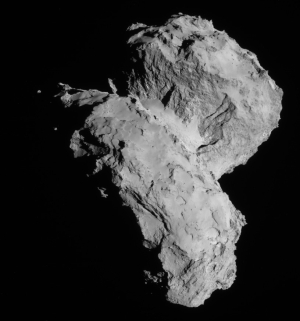A new Falcon 1 to compete against SpaceX
The competition heats up: A rocket launch start-up created by former SpaceX engineers seeks to build their own Falcon 1 rocket for the small satellite market.
Their rocket, called Firefly, will use a number of new and old technological ideas. The highlighted words in this paragraph, however, stood out to me the most:
Just as Firefly is drawing on a lot of government research in its aerospike technology, the company is using a key element of the SpaceX Merlin engine—the pintle injector—in its new engine’s combustion chamber. Markusic, who jumped ship from NASA to SpaceX after the agency sent him to Kwajalein Atoll in the Marshall Islands to observe the first flight of the Falcon 1, says he started working on the technology—also used on the Apollo program’s lunar-descent engine —at SpaceX and when he was developing a liquid-fuel alternative to the hybrid engine used on Virgin Galactic’s SpaceShipTwo. [emphasis mine]
It only took one trip to see SpaceX in operation for this NASA engineer to become a former NASA engineer.
The competition heats up: A rocket launch start-up created by former SpaceX engineers seeks to build their own Falcon 1 rocket for the small satellite market.
Their rocket, called Firefly, will use a number of new and old technological ideas. The highlighted words in this paragraph, however, stood out to me the most:
Just as Firefly is drawing on a lot of government research in its aerospike technology, the company is using a key element of the SpaceX Merlin engine—the pintle injector—in its new engine’s combustion chamber. Markusic, who jumped ship from NASA to SpaceX after the agency sent him to Kwajalein Atoll in the Marshall Islands to observe the first flight of the Falcon 1, says he started working on the technology—also used on the Apollo program’s lunar-descent engine —at SpaceX and when he was developing a liquid-fuel alternative to the hybrid engine used on Virgin Galactic’s SpaceShipTwo. [emphasis mine]
It only took one trip to see SpaceX in operation for this NASA engineer to become a former NASA engineer.


